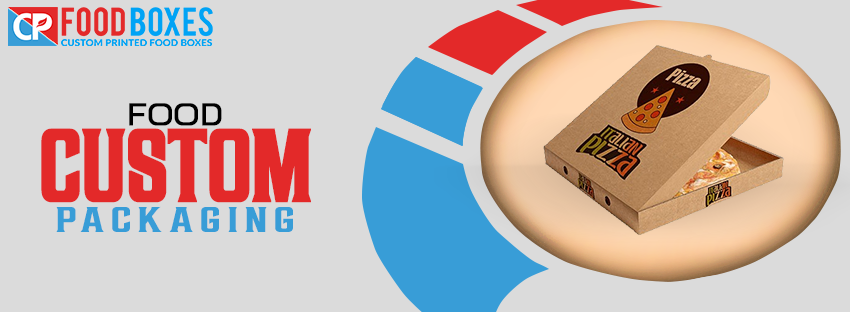
The food custom packaging industry is undergoing a dynamic transformation in 2024, which is being driven by innovative trends that are in response to the changing preferences of consumers and technological advancements. Eco-friendly materials and minimalistic designs are experiencing an increase in prominence as sustainability continues to dominate. Furthermore, consumer engagement is being improved by smart packaging that are equipped with NFC technology and QR codes, which provide detailed product information and traceability. Customization continues to be a significant trend, as brands are increasingly providing personalized packaging to meet the unique requirements of niches and consumers. The following overview explores the most significant trends that will influence the future of food custom packaging in 2024. It emphasizes the industry’s transition to sustainability, technological integration, and personalized consumer experiences.
Businesses that are striving to mitigate their environmental impact are increasingly prioritizing sustainability in food packaging. Companies are endeavoring to develop packaging solutions that reduce waste and resource consumption by incorporating innovative designs and eco-friendly materials.
The utilization of environmentally friendly materials is gathering momentum in the custom packaging of food products as businesses pursue sustainable alternatives to conventional packaging options. Companies not only mitigate their carbon footprint but also contribute to the preservation of natural resources by selecting environmentally favorable materials. This transition toward sustainability in packaging is indicative of a dedication to environmental responsibility and is in response to the increasing consumer demand for environmentally friendly products. The development of new eco-friendly materials presents promising opportunities to further enhance the sustainability of custom packaging solutions as technology continues to advance.
Biodegradable and compostable alternatives are becoming increasingly popular in the custom packaging of food, providing sustainable alternatives to conventional materials. These packaging solutions are intended to decompose naturally into non-toxic components upon disposal, thereby minimizing waste and environmental impact. Compostable materials undergo the process of decomposition into nutrient-rich compost when deposited in a composting environment, while biodegradable materials decompose through natural processes, such as microbial action. Both alternatives assist in the diversion of organic waste from landfills and the mitigation of the discharge of hazardous substances into the environment.
This transition to biodegradable and compostable packaging is indicative of a dedication to environmental stewardship and aligns with consumer preferences for environmentally beneficial products. The future of food custom packaging is on the brink of becoming more environmentally responsible and sustainable as businesses adopt these options.
The integration of QR codes into custom food packaging is a substantial improvement in the accessibility of product information and consumer engagement. QR (Quick Response) codes are two-dimensional barcodes that can be scanned with a smartphone camera to direct users to digital content, including websites, videos, and product information. QR codes provide numerous advantages in the context of packaging. They offer consumers immediate access to product information, such as ingredients, nutritional facts, allergens, and sourcing details. This transparency promotes trust and enables consumers to make informed purchasing decisions that are tailored to their dietary requirements and preferences.
The capabilities and sustainability of food custom packaging have been transformed by technological advancements, which have ignited a revolution. The design process has been transformed by innovations such as 3D printing, which have enabled the creation of intricate and personalized packaging solutions that are tailored to the specific requirements of products and consumer preferences. This capability not only improves the functionality and utility of packaging but also enhances its visual appeal.
3D printing has emerged as a revolutionary technology that has significant implications for the packaging industry. This novel method enables the development of intricate and personalized packaging designs that were previously impossible or impractical to produce using conventional manufacturing methods. 3D printing allows brands to create distinctive shapes, sizes, and textures that are customized to meet the specific needs of the product and the preferences of the consumer in the realm of food packaging. This level of customization not only improves the practicality and efficancy of storage and transportation, but also enhances the visual appeal of packaging.
The future of food custom packaging in 2024 is determined by the convergence of consumer-centric trends, technological innovation, and sustainability. Businesses are not only gratifying consumer demand for greener products, but they are also meeting regulatory standards as they prioritize eco-friendly materials and biodegradable options.
Looking ahead, the trajectory of food custom packaging is evident: towards sustainability-driven practices that minimize environmental impact, adopt technological advancements for improved consumer interaction, and provide personalized experiences that align with individual preferences. Businesses have the opportunity to contribute positively to global sustainability objectives and differentiate themselves in a competitive market by adopting these trends, there by establishing a more responsible and innovative future for packaging solutions in the food industry.
